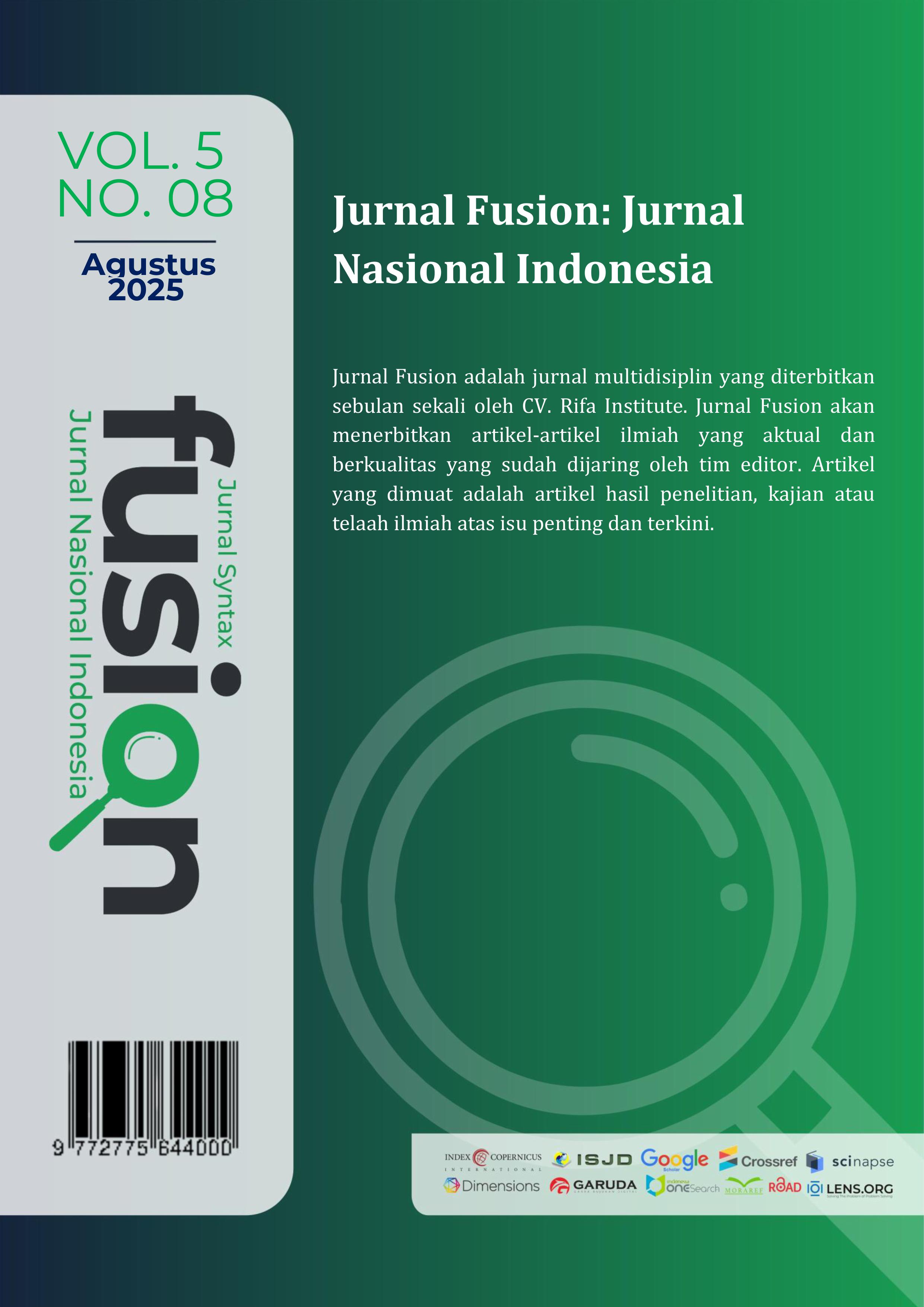Emoji Sebagai Penanda Emosi Antarbudaya Dalam Percakapan Daring
DOI:
https://doi.org/10.54543/fusion.v5i08.477Keywords:
Intercultural Communication, Digital Communication, Pragmatic AnalysisAbstract
Emojis have become essential elements in digital communication as substitutes for paralinguistic cues absent in written text. However, emoji meanings are not universal and can differ across cultures, potentially causing misinterpretation in cross-cultural online interactions. This study aims to explain how emojis are used as emotional markers in cross-cultural online conversations, identify situations when emojis clarify communicative intentions, and explore conditions that trigger misunderstandings. The research employs a multi-case study design with a digital ethnography approach. Participants were purposively selected from two to three different cultural backgrounds who actively communicate through messaging platforms and social media. Data collection was conducted through consensual conversation recordings over one to two weeks, semi-structured in-depth interviews, and reflective notes regarding emoji usage contexts. Data analysis utilized thematic analysis and pragmatic discourse analysis to identify emoji functions across cultures and platforms. Research findings indicate that emojis function as face-work strategies that soften instructions, signal humorous intent, and provide emotional cushioning for criticism. Cultural differences influence emoji usage patterns, with harmony-emphasizing cultures tending to use gentle emojis for mitigation, while direct cultures use emojis as mood indicators without softening obligations. Misunderstandings emerge when politeness norms, relational contexts, and hierarchies are interpreted differently by senders and receivers. The study recommends establishing emoji usage norms within cross-cultural communities or work teams to reduce ambiguity and strengthen emoji functions as emotional bridges in online communication.








